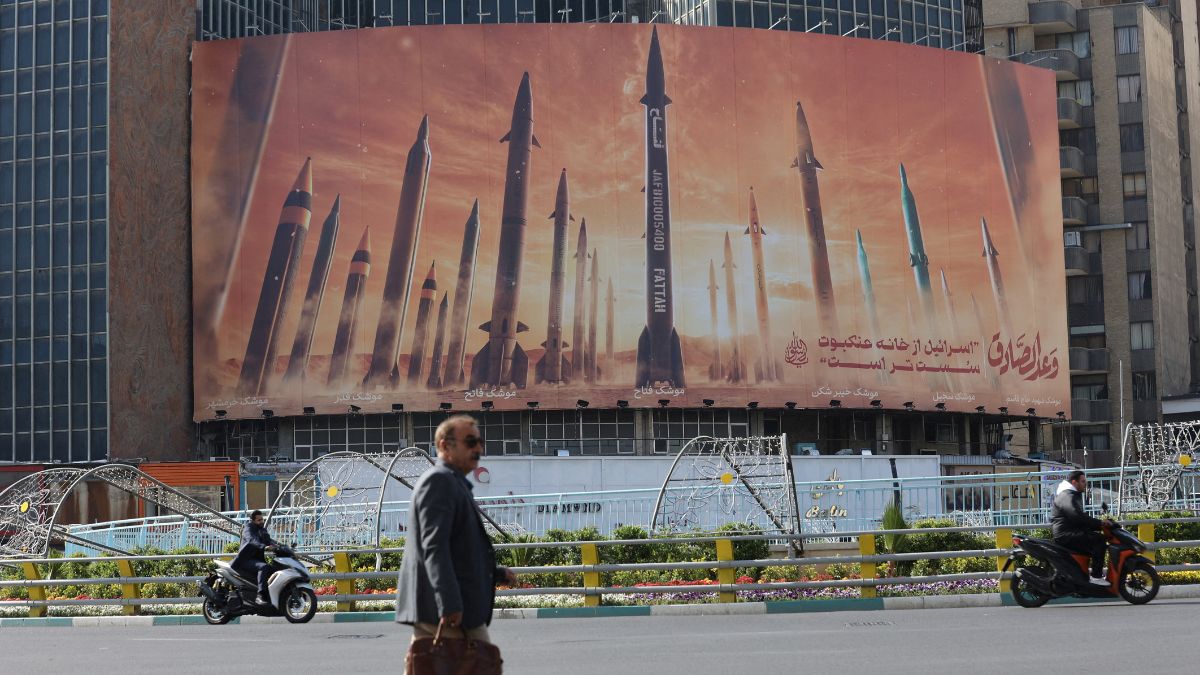United States Secretary of State Antony Blinken confirmed that Russia had received shipments of ballistic missiles from Iran, sparking further international condemnation. “Russia has now received shipments with these ballistic missiles, and will likely use them within weeks in Ukraine, against Ukraine,” Blinken said during a news conference in London on Tuesday, referencing shared intelligence.
The missile transfer represents a significant escalation in Iran’s support for Russia’s war efforts, according to Blinken.
In response, the US Treasury and State Departments imposed sanctions on nine Russian-flagged vessels involved in transporting Iranian weapons to Russia, along with additional measures against Iranian airlines and companies. The sanctions freeze any US-based assets and bar Americans from engaging in transactions with the targeted entities.
Ukrainian officials, including presidential chief of staff Andriy Yermak, have echoed this sentiment, urging international pressure on Tehran and Moscow to prevent further escalation. “We call upon the international community to increase pressure on Iran and Russia to avoid these transfers which threaten global peace,” Ukraine’s foreign ministry said in a statement.
Concerns are further compounded by reports that dozens of Russian military personnel have undergone training in Iran to operate the Fath-360 missile system, raising fears about their imminent use on the Ukrainian battlefield.
What is the Fath-360?
The Fath-360, sometimes referred to as Fateh-360, is a short-range ballistic missile developed by Iran. Known for its precision and rapid deployment capabilities, it is designed for tactical strikes against military and infrastructure targets. Some of the missile’s key specifications include:
Launch weight: 787 kilogrammes
Warhead weight: 150 kilogrammes
Range: Approximately 120 to 300 kilometres
Flight speed: Mach 3 to Mach 4
Guidance system: A combination of inertial guidance and satellite navigation
Accuracy: 30 metres CEP (Circular Error Probable)
Deployment: Launched from a truck-mounted Transporter Erector Launcher (TEL)
The missile’s compact design allows for multiple missiles to be mounted on a single launcher, making it difficult for air defence systems to intercept. Moreover, its solid-fuel engine enables rapid launches, contributing to its effectiveness on the battlefield.
The Fath-360, often compared to the US HIMARS system, shares several similarities in mobility and effectiveness. Both missile systems are capable of rapid deployment with truck-mounted launchers, but the Fath-360 carries a 150-kilogramme warhead and can strike targets up to 300 kilometres away at Mach 4.
In contrast, HIMARS’ M31 GMLRS rocket carries a 90-kilogramme warhead, reaching targets up to 70 kilometres at Mach 2.5. While HIMARS is known for its versatility, the Fath-360’s smaller, maneuverable design and longer range make it a formidable counterpart.
Is the Fath-360 missile a threat to Ukraine?
Military analysts believe that the Fath-360 poses a significant threat to Ukrainian forces, especially given its range and precision. With a maximum range of 121 kilometres, the missile allows Russian forces to target Ukraine’s frontline positions and cities, such as Pokrovsk, Sumy, and Kharkiv.
The missile’s smaller size and maneuverability enhance its survivability, as it can be launched quickly and evade countermeasures.
Russia’s reliance on Iranian military technology signifies deepening cooperation between the two nations, particularly in military and nuclear technology exchanges. According to Blinken, this cooperation is a “two-way street,” with Russia providing Iran access to its GLONASS satellite navigation system, reportedly used in Iranian strikes on US bases.
How has Iran justified this move?
Despite mounting evidence, Iran continues to deny allegations of supplying ballistic missiles to Russia. Nasser Kanaani, spokesperson for Iran’s Foreign Ministry, dismissed these reports as “ugly propaganda” aimed at diverting attention from Western arms transfers to Israel.
“Iran considers the provision of military assistance to the parties engaged in the conflict—which leads to increased human casualties, destruction of infrastructure, and distancing from cease-fire negotiations — to be inhumane,” Iran’s mission to the United Nations said.
Kremlin spokesperson Dmitry Peskov also refrained from confirming the reports but acknowledged that Russia maintains military cooperation with Iran in several “sensitive” areas.
However, Ukrainian officials remain sceptical, with some experts suggesting that larger, more potent missiles like the Fateh-110 could be part of the deliveries.
The introduction of Iranian ballistic missiles into the Ukrainian conflict not only intensifies the war but also presents new challenges for Ukraine’s defense strategies. For example, Ukraine is now exploring the possibility of using US-supplied weapons to strike Russian-held areas within Ukraine and potentially deeper into Russian territory.
With inputs from agencies
)